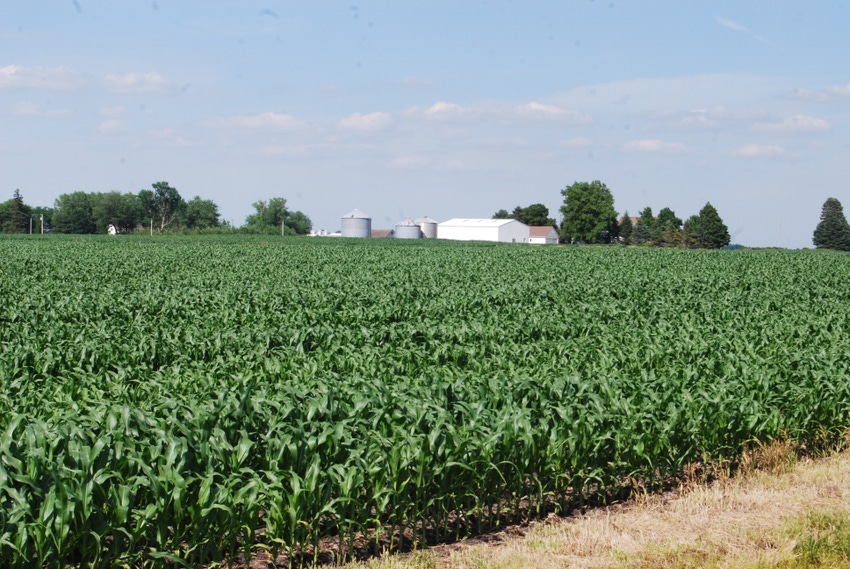December 20, 2016

Farmers in Iowa found NutriSolutions 360 tissue sampling from WinField United a valuable tool for evaluating plant health on their farms this year. Timely sampling and analysis allows adjustments to crop fertility programs in-season, which helps lead to healthier crops and higher yield potential. Tissue sampling is just one component of the NutriSolutions 360 management program from WinField United, which also includes soil testing, predictive analysis, and product recommendations and expertise.
Test results show Iowa crop nutrient deficiency trends
Over 1,400 corn samples from across Iowa were collected for analysis in 2016, with common nutrient deficiency trends showing up across the state. Nearly 76% of analyzed samples showed zinc deficiency, while 75% of samples were deficient in manganese, boron and/or potassium. A majority of the samples were also low in sulfur and nitrogen.
Plant nutrient deficiencies can change throughout the season, depending on growth stage and environmental conditions. Analysis of five years of tissue sampling results suggests that corn farmers should be aware of the following common deficiencies in Iowa by growth stage:
V5–V8: Manganese, zinc and boron
V9–VT: Nitrogen, potassium, sulfur, zinc and manganese
Tissue sampling can help optimize yield potential
While these numbers show trends across the state, it’s important to note that plant health is dynamic and a result of changing environmental conditions and management practices. Soil type, soil pH, crop rotations and planting populations are several factors that can impact nutrient availability to plants. It’s important to match fertility to yield goals; as planting populations are increased, fertility should be matched.
NutriSolutions 360 tissue sampling can provide valuable specific and timely insights so farmers can meet individual field yield goals. Work with your local WinField United agronomist to evaluate crop health and develop fertility programs specific for your acres. For more information about the WinField United NutriSolutions 360 system, visit winfieldunitedag.com.
Nutrient management meets satellite imagery
Also, read this article which provides insight on connecting tissue sampling with in-season imagery technology: Nutrient Management, Meet Satellite Imagery. WinField United’s data from the 2016 tissue sampling database with both national and state-level trends, along with new digital imagery and mapping tools, can help farmers make the most informed planning decisions possible.
About the Author(s)
You May Also Like




